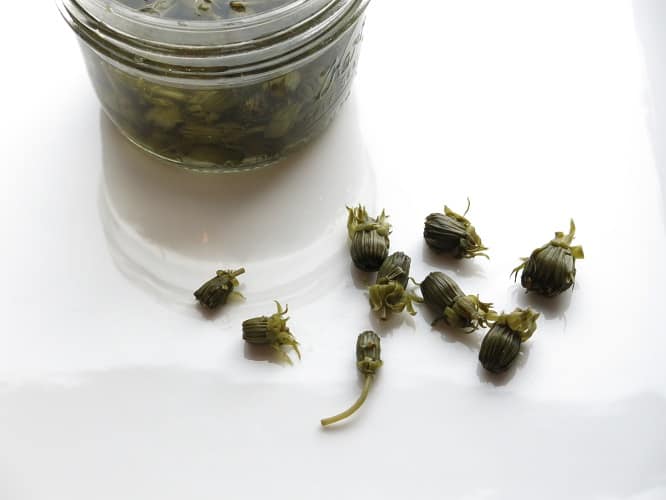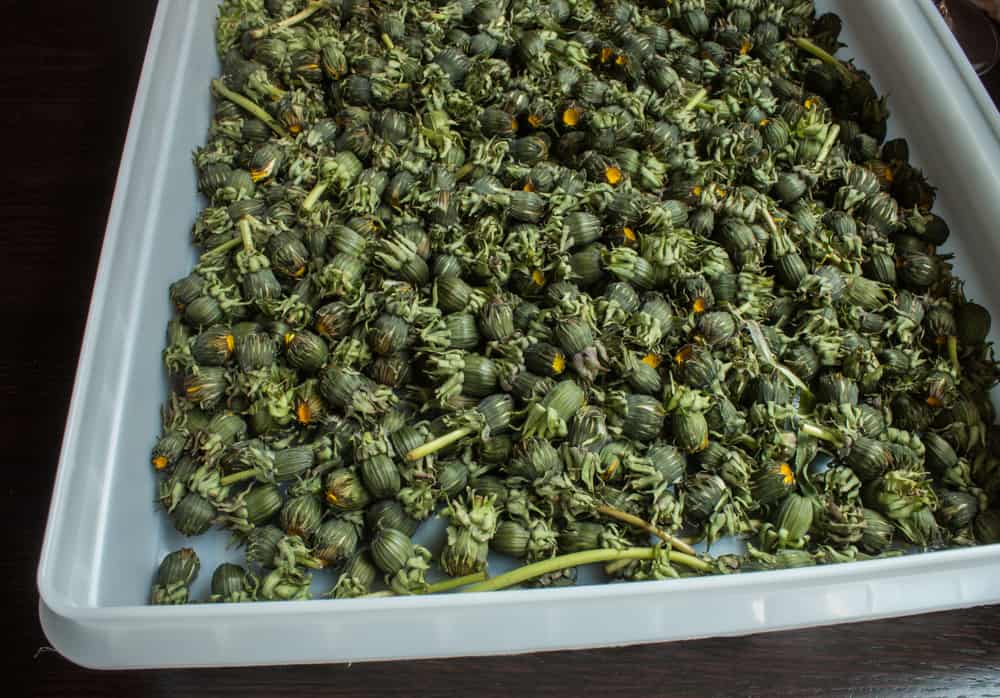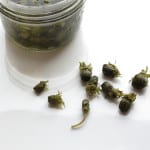
This year the local fennel was absolute crap (it was all "bolted"-starting it’s reproductive cycle) which means that the fennel grows a bit longer and stringy and the core is huge inside which makes it have a woody texture when cooked.
Scarlet turnips ended up being garbage from a local amish purveyor as well, for some reason even when cooked, they were woody and stringy inside. When the goal of the turnips is to change them into a soup that will be sold at 12$ for a 4oz ladle, the turnips must be absolutely perfect.
In all reality though, the concept of only using indigenous products was really a shock when I was first introduced to it. Couple this with the fact that I am given the leeway to use these ingredients in any way I please, and you really create a monster.
The creative freedom was a gift, but one that came with a caveat. I am a bit obsessed with Italian food, but I was stripped of all of the imported toys and secret weapons I had relied on and studied. Parmigiano Reggiano, Arborio rice, salt water fish, shellfish like mussels, clams, and my beloved whelks. Pasta would be a no-no too, any sort of noodle or gnocchi I wanted to make would have to be hand made.
It took some time and plenty of occasions with me in the cooler tapping on my head saying: “Think, think, think” like Winnie the Pooh. Eventually I started to see things through my new lens though, and now it is not as difficult. The method for wild capers I’m going to share with you here is a great example of ingredient improvisation, although I definitely wasn’t the first to do it.
DIY capers are nothing new
Most of the time if you are talking about making capers yourself, from my experience chefs will bring up nasturtium capers, where the seed pods of the plant are preserved with salt, brined or pickled. This spring, when I was walking around looking at the spring growth, I started to notice other things that looked like capers. I thought it might be cool to create them out of many different plants, and I had a paradigm shift that went something like this:
“Capers don’t have to be from a particular Mediterranean vine. A caper can be the unopened flower bud of many different plants.”
After that I started going out and picking all the tiny little flower buds I could find. I put up about a quart of each in salt/vinegar brines, and waited a couple months. Stopping to pick the buds doesn’t take a while, but it is important to be careful and only pick the most tiny, hard, immature buds.
What can you use to make homemade capers?
I've made and enjoyed capers from the following plants so far:
- Very small daylily flower buds
- Ramp scapes
- Dandelion buds (these need to be pre-cooked for 3-4 minutes to be tender before brining)
- Nasturtium seed pods
- Chive blossoms
- Rattail radish seed pods
- Green milkweed flower buds
The big question: ferment your capers, or no?
This is the biggest thing that will affect the flavor and texture of your capers. Here's the thing: most capers from the store will have vinegar in the ingredient list, but I suspect it's only added as a preservative for industrial processing, and is completely unnecessary.
Combining water, salt, and flower buds (or just about anything) left alone, will start to ferment, and eventually, the lactic acid created by the fermentation will lower the PH, and make it shelf stable, all on it's own. But, vinegar is faster. The choice is yours.
Every flower bud and seed pod caper will taste different
The really fun part about the wild capers was that they retain a bit of their individual flavors after curing, so chive capers are still a bit onion-y and dandelions a little bitter/astringent. Young capers made day lily buds are vegetal, and mild. Nasturtium capers taste identical to commerical, store-bought capers. Milkweed capers will form mold quickly, and should be refrigerated after 24 hours, or vacuum sealed to prevent any air contact.
Making the capers at home is very simple, gathering them at the perfect stage of growth is the tricky part. If you have access to a small garden with a couple herbs and flowers, its easy, here's the recipe.
Lacto-Fermented Capers
Ingredients
- 25 grams kosher salt 1.5 tablespoons
- 500 grams water 2 cups
- Unopened flower buds seed pods, etc, as needed
Instructions
- Combine the water and salt and whisk to dissolve. Pour the salt water in to a Canning jar and add the seed pods flower buds or whatever you're using, then screw on the lid. Leave the jar on the counter for 3-5 days to start fermenting, or even longer, then transfer to the fridge.
- Open the jar here and there to check on the capers and release carbon dioxide. After about 2 weeks the capers should have a nice flavor, but if you leave them in the fridge longer they will continue to age and develop until the pH is as low as it can go.
- More or less, the longer they sit, the better they will get, and you can let your palette be your guide. The capers will keep for a very, very long time, as long as they're kept completely underneath the brine.



Selene
Is it alright to substitute table salt or pickling salt instead of kosher salt? Is there something special about kosher salt? Thank you.
Alan Bergo
You can use any salt really but kosher is my preference.
Carissa
Would like to try this with chamomile buds. Would that work the same? Thanks, chef!
Alan Bergo
Hi Carissa. I haven't tried it with them, but you can see a few of my suggestions on how I use those in my post on pineapple weed, assuming that's the plant you're talking about.
Laura Foley
I made tiger lily capers a few years ago and they were so delicious! I especially liked them in chicken salad. Thank you for this recipe! Perfect time to get some started 😊
Alan Bergo
Thanks Laura.
SandyDismore
Laura the piano teacher ? I knew that if anybody would try dandelion wine,capers, wild mushrooms it would be you. Miss seeing you. capers were great !
Ben
I'm trying this recipe with big leaf maple blossoms and a 4% brine. I'm also making a vinegar salt version and a vinegar sugar version to see which turns out best.
Sandi
Let us know how each batch turns out!
Jenny
Hello! Can I continue to throw in flower buds as they develop into the jar, or start a new batch?
Alan Bergo
Yes.
Veronica D Misloski
The Lowes add in the middle of the recipe with videos and all over the bottom of the page really screams "forager chef"
Alan Bergo
News flash Veronica: most of the website on the internet have ads. I spent 8 years writing this site and putting money into it, and I never asked for a thing. When the pandemic hit, I could no longer afford to pay the thousands of dollars a year it now takes me to keep this site up and running with all the data it contains. The alternate option was putting all the information behind a pay wall, but then the roughly 1000 articles I've written for this site would cease to be wild and free like the ingredients I discuss here. The ads basically just cover the cost of maintenance here, and while it wasn't my first choice, it keeps all the info free. Millions of readers come here every year, and maybe .001% leave sniveling comments. I'd get used to it if I was you.
Heather
thanks for your information and the time you take to spread your wild food gospel ... I love it and the ads aren't bad at all - they aren't intrusive. I just collected some nursturtia buds and seeds .... the day lilies and dandelions are next .... and societal garlic flowers or seeds... dandelions flower patties/ fritters are brilliant and likened to mushrooms.
Gloria
Thanks for the recipe... but these are all caper substitutes, no? As far as I'm aware, only capers from Capparis Spinosa are capers? Hence the name? And I'd only heard of Nasturtium seed being pickled as caper substitute - so interesting to find I can pickle the bud! Thank you for this!
Lesley Perry
"The proportions listed will give you a 5% brine"
But they don't. They give you a 3% brine.
1% of 500 grams is 5 grams. So 15 grams would be 3% (15 / 5 is 3).
Same goes for the volumetric ration. 1tb is 1/16 of a cup so here you have 1/32 which is also roughly 3%.
Was 3% the intent or 5%?
Alan Bergo
You're absolutely correct, 15 / 5 is 3, thanks for pointing that out, and for the math lesson. Maybe subconsiously I wanted to slow my fermentation. I use 3% brine for simple ferments.
Julie Morse
I really think I might make these. I made chive blossom vinegar last spring using champagne vinegar. I love the beautiful pink color. But my chive buds are just starting to come up. I grow all but the ramps. Thanks for your creativity, it is inspiring!
Iris Weaver
Wow, another way to use edible flowers and weeds! Awesome!
Alan Bergo
Thanks Iris, if you have any interesting uses for flowers and weeds you'd like to share, send em over!
trish Hannah
could try Evening Primrose, albiet kinda small but healthy! Haven't tried myself but I love the idea of something else for capers! Especially deep fried for that 'crunch'.
Erik
You might want to put in parentheses the scientific name (Asclepias syriaca, common milkweed) when discussing "green milkweed buds." Other milkweed species (e.g. Asclepias viridis, A. hirtella) are green even in flower and therefore often get the common name "green milkweed." I know A. viridis is toxic (it is the best for protecting monarchs from birds) and have no reason to doubt the other is also.